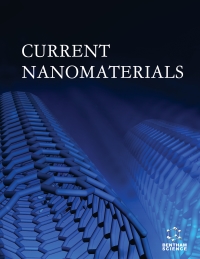
Full text loading...
We use cookies to track usage and preferences.I Understand

Stainless steel 17-4 PH is said to be a challenging material to cut due to its limited thermal conductivity. Early tool failure and inadequate surface finishing were observed because excessive cutting temperatures have a negative impact on productivity when machining 17-4 PH steel.
Therefore, the present study explored the viability of alumina-reinforced ricebran oil (Al2O3 (80 nm)) nanoparticles with ricebran oil and divyol oil as lubricants. A diverse volume fraction of alumina was mixed with 5 vol. % rice bran oil ordivyol oil. Subsequently, twenty-seven turning operations were performed on the 17-4PH material in the optimal lubricating medium. When Al2O3 nanoparticles are added to rice bran oil, there is an 18.22% improvement in surface roughness.
The particle volumetric range that the authors chose was 0.25 vol.% to 1.25 vol.% to achieve equilibrium between the benefits of higher heat conductivity and the reduced pumping power resulting from high viscosity.The machining values were statistically analyzed via analysis of variance. In addition, response surface methodology (RSM) was employed to develop a mathematical equation linking the input and machining responses.
A comparison of the two analyzed fluid systems revealed that the cutting force (Fz), feed force (Fx), thrust force (Fy), and surface roughness (Ra) of the Al2O3 mixed Rice Bran Oil cutting fluid were considerably lower than those of the other methods (8.89%, 4.659%, 9.1416%, and 18.22%, respectively).

Article metrics loading...

Full text loading...
References


Data & Media loading...